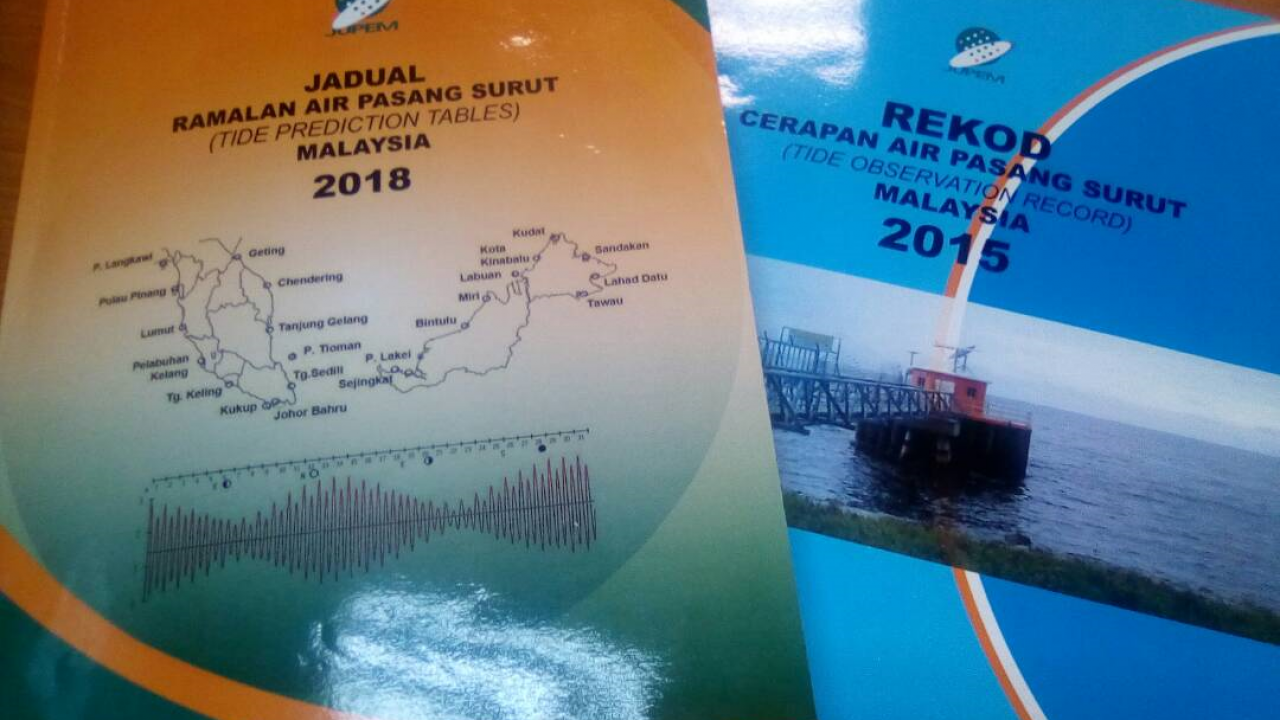
Suka Artikel ini Download PDF
Daniel ROMAN, U.S.A.
SUMMARY
Use of GNSS-accessed geospatial data has proliferated not only within the surveying
community but also into many related and dependent fields of work. These requirements
approach the cm-level for coordinate determination with respect to both vertical and geodetic
datums – often times with demands for real time or near real time coordinates. GNSS
technology and tools have significantly improved in timeliness and accuracy of positioning in
a geodetic or geometric datum. New data and processing techniques have also resulted in
updated national geoids of increasing accuracy to serve as future vertical or geopotential
datums. Such geoid models have been compared to external data sets such as tide gauges and
astrogeodetic deflections of the vertical to provide calibration/validation with respect to real
physical surfaces such as the ocean surface. This presentation will focus on some of the tasks
and plans for developing, implementing and accessing these new datums by 2022 for the
United States. The National Geodetic Survey has primary responsibility within the U.S. for
developing and maintaining such datums, and has a stated goal of achieving cm-level accurate
geometric coordinates and geophysical heights using only 15 minutes of GNSS data in
combination with a gravimetric geoid model. To achieve these goals will require the near term
definition of the requirements for both the reference frame and the necessary GNSS
infrastructure.
Sila klik pada butang DOWNLOAD PDF untuk muat turun dan membaca artikel penuh.
Suka Artikel ini
Carian
- 9 years ago
- 7 years ago
- 4 months ago
- 4 months ago


